

— Blogs —
—Products—
 Consumer hotline +8618073152920
Consumer hotline +8618073152920 WhatsApp:+8615367865107
Address:Room 102, District D, Houhu Industrial Park, Yuelu District, Changsha City, Hunan Province, China
Product knowledge
Time:2025-11-25 10:46:04 Popularity:107
A PV power plant weather station is a professional monitoring system specifically designed for solar power plants. It continuously collects critical environmental data such as irradiance, wind speed & direction, temperature & humidity, and atmospheric pressure, and uses automatic sun-tracking technology to obtain ultra-high-precision radiation data. These data are widely used for generation efficiency evaluation, power forecasting, O&M scheduling, and safety warnings, making it an indispensable infrastructure component of modern photovoltaic power plants.
This article systematically analyzes the working principles, structural composition, signal output, installation standards, and common troubleshooting procedures, serving as a directly referenceable technical document for PV plant technicians, designers, and equipment engineers.
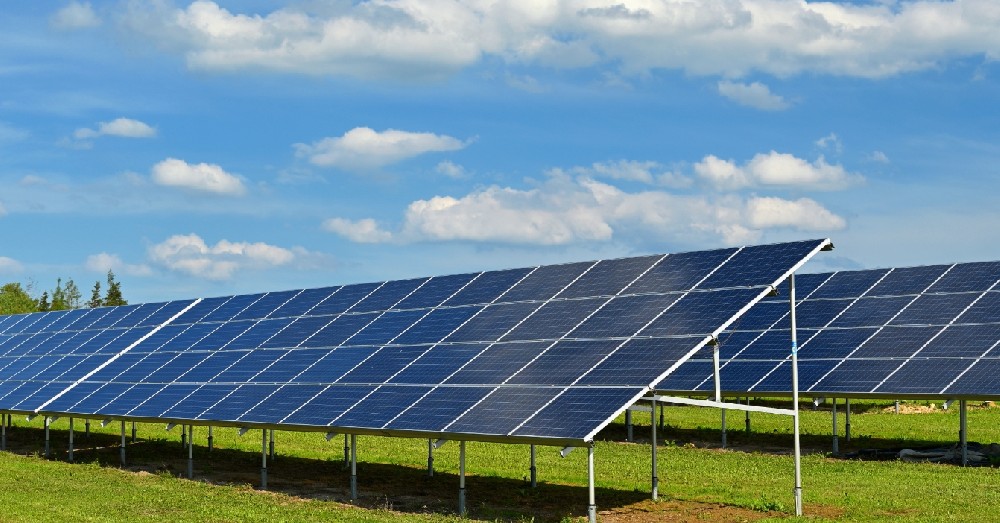
A PV Meteorological Station is a comprehensive environmental monitoring system for solar power plants that measures:
- Global Horizontal Irradiance (GHI)
- Plane-of-Array Irradiance (POA/GTI)
- Direct Normal Irradiance (DNI)
- Diffuse Horizontal Irradiance (DHI)
- Sunshine duration
- Wind speed & direction
- Ambient temperature & humidity
- Atmospheric pressure
- GNSS latitude/longitude
Primary functions:
- Generation efficiency calculation (real irradiance vs. actual output)
- Operational strategy optimization (supports forecasting algorithms and intelligent dispatching)
- Safety warnings (extreme wind speed, abnormal temperature/humidity)
- Component lifetime assessment (environmental data-based performance correction)
Compared with ordinary weather stations, the most critical difference is the addition of a solar radiation measurement system and automatic sun-tracking mechanism, offering higher accuracy and a more robust structure.
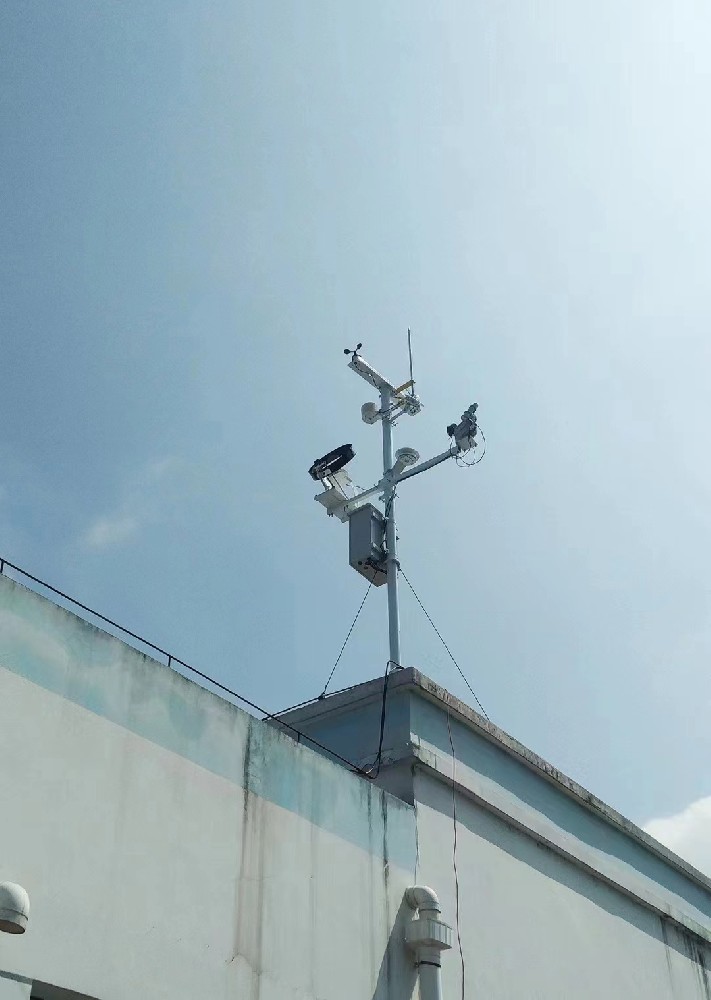
| Irradiance Type | Measurement Method | Key Notes |
| GHI | Thermopile receives total solar + sky radiation | Baseline for PV efficiency evaluation |
| DNI | Installed on automatic tracker with aperture | Filters diffuse light; essential for CSP/high-precision plants |
| DHI | Shading ring blocks direct beam | Measures sky diffuse only |
| POA/GTI | Pyranometer mounted at actual module tilt | Real irradiance incident on PV modules |
All pyranometers operate on thermopile effect or photodiode principle: temperature difference generates micro-voltage → converted to W/m².
Dual tracking modes are typically combined:
1. Sensor-based optical feedback tracking
Photosensitive detectors detect light spot offset → drive motors to adjust azimuth/elevation (ideal for short-term fine-tuning).
2. GPS + astronomical algorithm tracking
Calculates sun position vector from latitude, longitude, and time for high-precision open-loop positioning.
Hybrid operation:
- Weak light → GPS mode
- Clear sun → optical sensor fine adjustment
Ensures long-term unattended operation with the radiometer always precisely aligned to the sun.
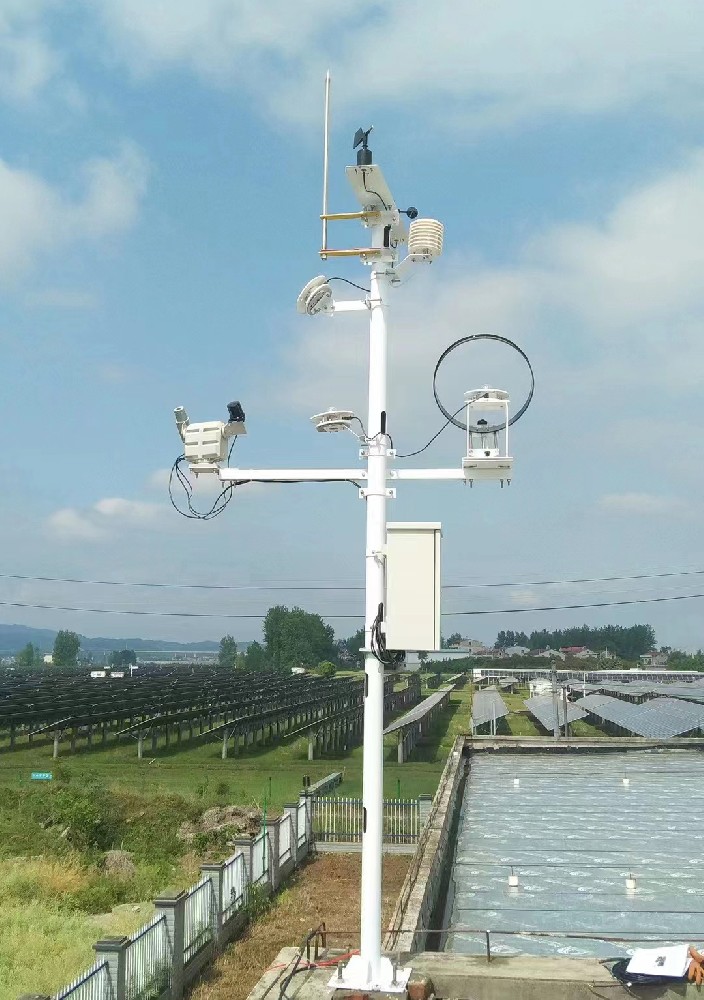
| Parameter | Principle | Notes |
| Wind Speed | Ultrasonic or three-cup | Safety warning & structural protection |
| Wind Direction | Wind vane + angle encoder | Wind distribution analysis |
| Temperature & Humidity | Capacitive sensors in radiation shield | Module operating environment |
| Pressure | Piezoresistive sensor | Weather analysis support |
| GNSS | Satellite positioning | Sun-tracking & data tagging |
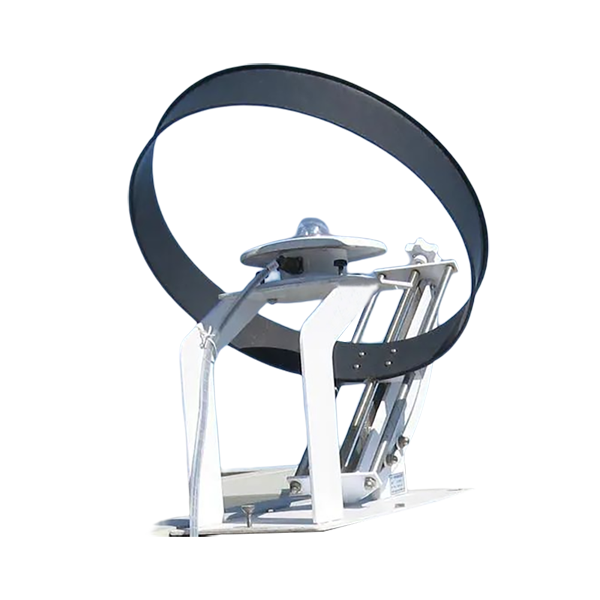
4.1. Radiation monitoring unit (GHI, POA, DNI, DHI pyranometers)
4.2. Automatic sun-tracking system (motors, angle sensors, GPS module)
4.3. Meteorological sensor suite (wind, T/RH in radiation shield, pressure, etc.)
4.4. Data logger (supports RS485, 4G/5G, WiFi; built-in Modbus)
4.5. Dual-pole structure (prevents mutual shading)
4.6. Solar power system (panel + controller + wide-temperature battery)
4.7. High-strength mounting frame (resists strong wind/snow)
- GHI: Horizontal mounting
- DNI: Automatic tracking, no obstruction
- DHI: Shading ring
- POA: Same tilt as PV modules
- Wind: Preferably ultrasonic (no moving parts)
- T/RH: Inside radiation shield
- GNSS: For tracking and data timestamping
| Parameter | Range | Accuracy | Remarks |
| GHI | 0–2000 W/m² | ±2% | Thermopile |
| DNI | 0–2000 W/m² | ±2% | Automatic tracker |
| DHI | 0–2000 W/m² | ±2% | With shading ring |
| POA | 0–2000 W/m² | ±3% | Module tilt |
| Wind Speed | 0–60 m/s | — | Module tilt |
| Wind Direction | 0–360° | ±3° | Ultrasonic |
| Temperature | −40~80 °C | ±0.5 °C | Radiation shield |
| Humidity | 0–100 %RH | ±3 %RH | Capacitive |
| Pressure | 10–1100 hPa | ±1.5 hPa | — |
| Communication | RS485 / 4G / 5G / WiFi | — | Modbus/HTTP/MQTT |
| Method | Typical Scenario | Key Points |
| RS485 (Modbus-RTU) | Existing SCADA, long-distance wiring | Max 1200 m, shielded twisted pair, 120 Ω terminators |
| 4–20 mA | Single parameter to PLC, high interference | Strong anti-interference |
| WiFi | Fixed router available, short distance | Not suitable for remote/unattended sites |
| 4G/5G | Distributed or remote plants | Most common; 20–50 MB/month data usage |
| Solar Power | Unattended sites | −40~70 °C operation, fully autonomous |

- No shading within 10 m above platform
- Minimum 15 m distance from PV arrays
- Dual-pole spacing: 0.8–1.2 m
- Grounding resistance ≤ 4 Ω, surge protectors on signal lines
9.1. Foundation pouring / embedment
9.2. Erect dual poles, check verticality
9.3. Mount pyranometer brackets & tracker
9.4. Install wind, radiation shield, pressure sensors
9.5. Wiring, grounding, waterproofing
9.6. Configure data logger (address/baud rate)
9.7. Test RS485 or 4G connectivity
9.8. Platform acceptance testing
| Symptom | Likely Cause | Solution |
| Low irradiance readings | Shading, wrong time, tilt error | Clear view, recalibrate GNSS, re-level |
| Tracker misalignment | Motor jam, optical sensor failure | Clean mechanics, switch to GPS mode |
| No RS485 response | A/B reversed, missing terminator | Check wiring, add 120 Ω resistor |
| 4G offline | SIM arrears, weak signal, wrong APN | Replace antenna, correct APN |
| Wind speed stuck at zero | Water in ultrasonic ports, jammed cups | Clean probes/bearings |
| T/RH drift | Long-term exposure | Recalibrate every 6 months |
- Utility-scale PV plants
- Distributed rooftop PV
- PV testing bases & laboratories
- Power forecasting model training
- O&M monitoring platforms
- Desert, gobi, and mountainous plants
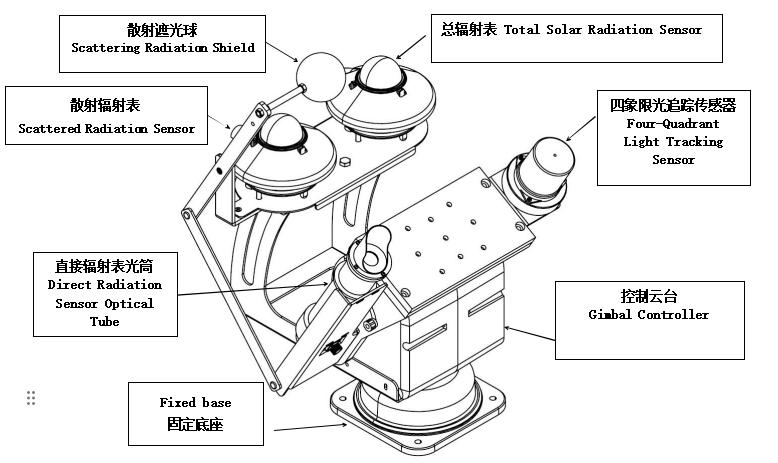
| Scenario | Recommended Configuration | Notes |
| Standard PV plant | GHI + wind + T/RH | Basic monitoring |
| Advanced O&M | + POA + DHI | Improves forecasting accuracy |
| Large ground-mount | Full automatic tracker (DNI) | Essential for high-precision |
| Distributed PV | WiFi/4G communication | Easy deployment |
| Unattended sites | Solar power system | Maintenance-free |
| SCADA integration | RS485 / 4–20 mA | Industrial compatibility |
| Item | Ordinary Weather Station | PV Professional Station | Automatic Tracking Station |
| Irradiance Measurement | Basic | All types | All + precise DNI |
| Automatic Tracker | None | Optional | Standard |
| Accuracy | Medium | High | Highest |
| Structure | Single pole | Dual pole | Dual pole + tracker |
| Power Supply | Grid | Grid/solar | Solar recommended |
| Typical Application | General | PV plants | Large-scale PV bases |
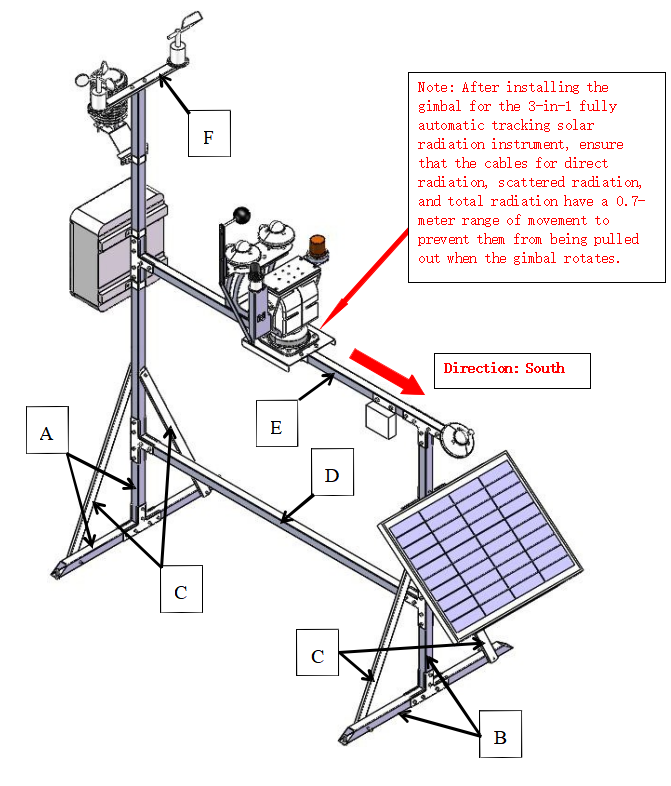
For irradiance measurement, efficiency calculation, power forecasting, and safety alerts.
Both, but POA directly reflects actual energy received by modules.
Enables accurate DNI measurement, essential for high-precision forecasting.
Annually; every 6 months in desert areas.
RS485 if SCADA exists; 4G/5G for distributed/remote monitoring.
Yes—without it, humidity readings will be falsely low under direct sun.
Yes—perfect for unattended locations.
Wind speed affects module cooling; high winds trigger structural safety warnings.
Yes—supports Modbus/HTTP for seamless integration.
Yes—requires cleaning or heated pyranometer modules.
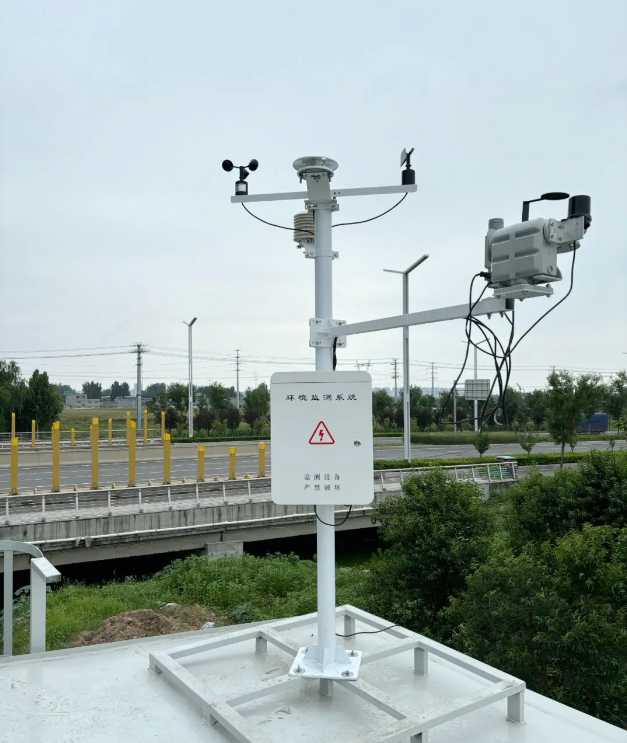
The PV power plant weather station is the key equipment ensuring efficient and stable operation of solar generation. Through high-precision monitoring of solar irradiance and environmental parameters, it provides foundational data for generation efficiency analysis, forecasting, intelligent O&M, and safety warnings. With automatic sun-tracking, dual-pole design, solar power, and multiple communication options, it operates reliably in harsh environments over the long term.
For the photovoltaic industry, a dependable weather station not only enhances generation predictability but also serves as the core component of digitalization throughout the entire plant lifecycle.
NBL-W-HPRS-Solar-Radiation-Sensor-Instruction-Manual-V3.0.pdf
NBL-W-SRS-Solar-radiation-sensor-instruction-manual-V4.0.pdf
Prev:Small Grid-Connected PV Weather Station
Next:Insect Pest Forecasting Lamp: A New Tools for Agricultural Pest Control
Related recommendations
Sensors & Weather Stations Catalog
Agriculture Sensors and Weather Stations Catalog-NiuBoL.pdf
Weather Stations Catalog-NiuBoL.pdf
Related products
 Combined air temperature and relative humidity sensor
Combined air temperature and relative humidity sensor Soil Moisture Temperature sensor for irrigation
Soil Moisture Temperature sensor for irrigation Soil pH sensor RS485 soil Testing instrument soil ph meter for agriculture
Soil pH sensor RS485 soil Testing instrument soil ph meter for agriculture Wind Speed sensor Output Modbus/RS485/Analog/0-5V/4-20mA
Wind Speed sensor Output Modbus/RS485/Analog/0-5V/4-20mA Tipping bucket rain gauge for weather monitoring auto rainfall sensor RS485/Outdoor/stainless steel
Tipping bucket rain gauge for weather monitoring auto rainfall sensor RS485/Outdoor/stainless steel Pyranometer Solar Radiation Sensor 4-20mA/RS485
Pyranometer Solar Radiation Sensor 4-20mA/RS485
Screenshot, WhatsApp to identify the QR code
WhatsApp number:+8615367865107
(Click on WhatsApp to copy and add friends)
